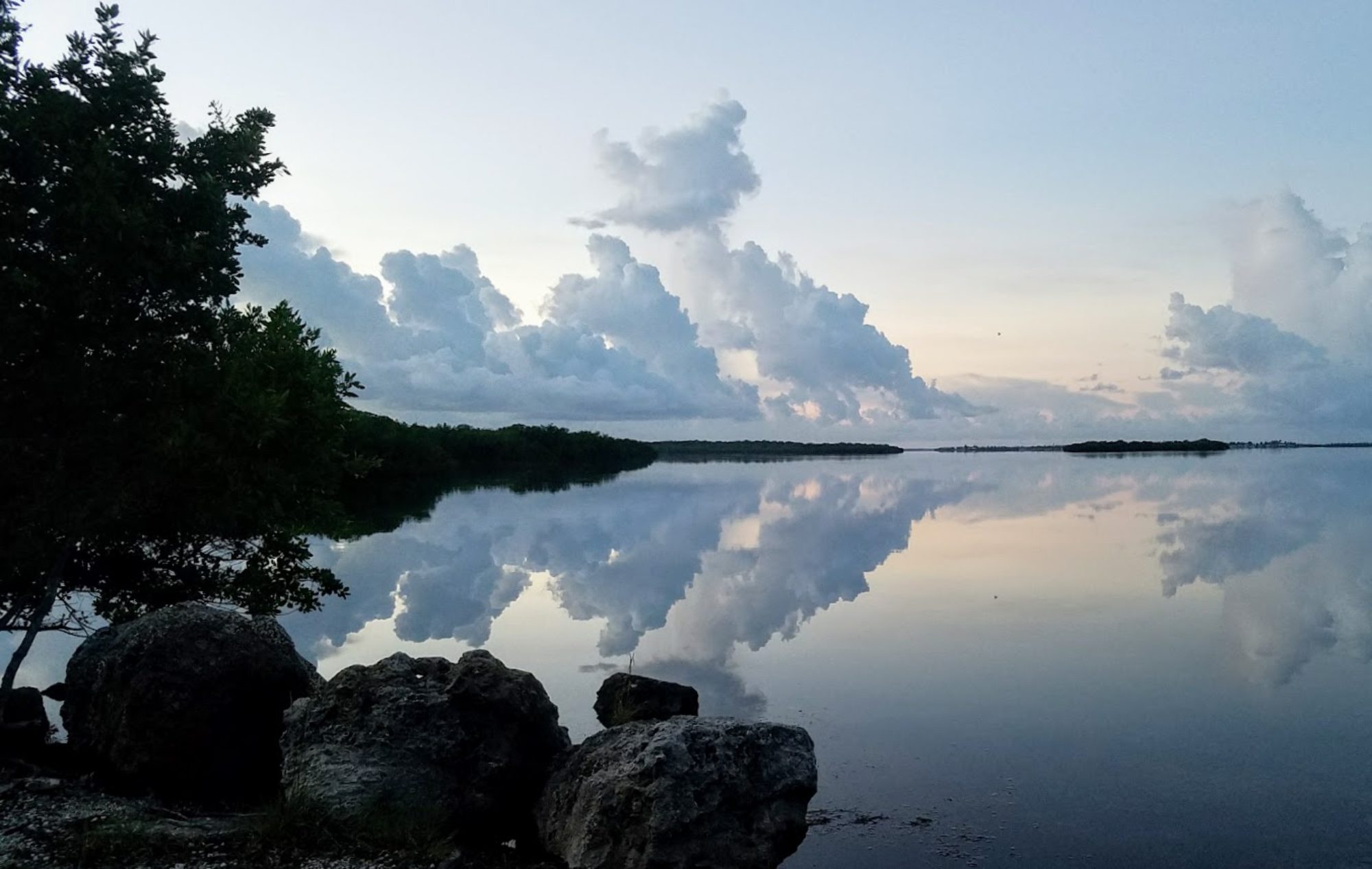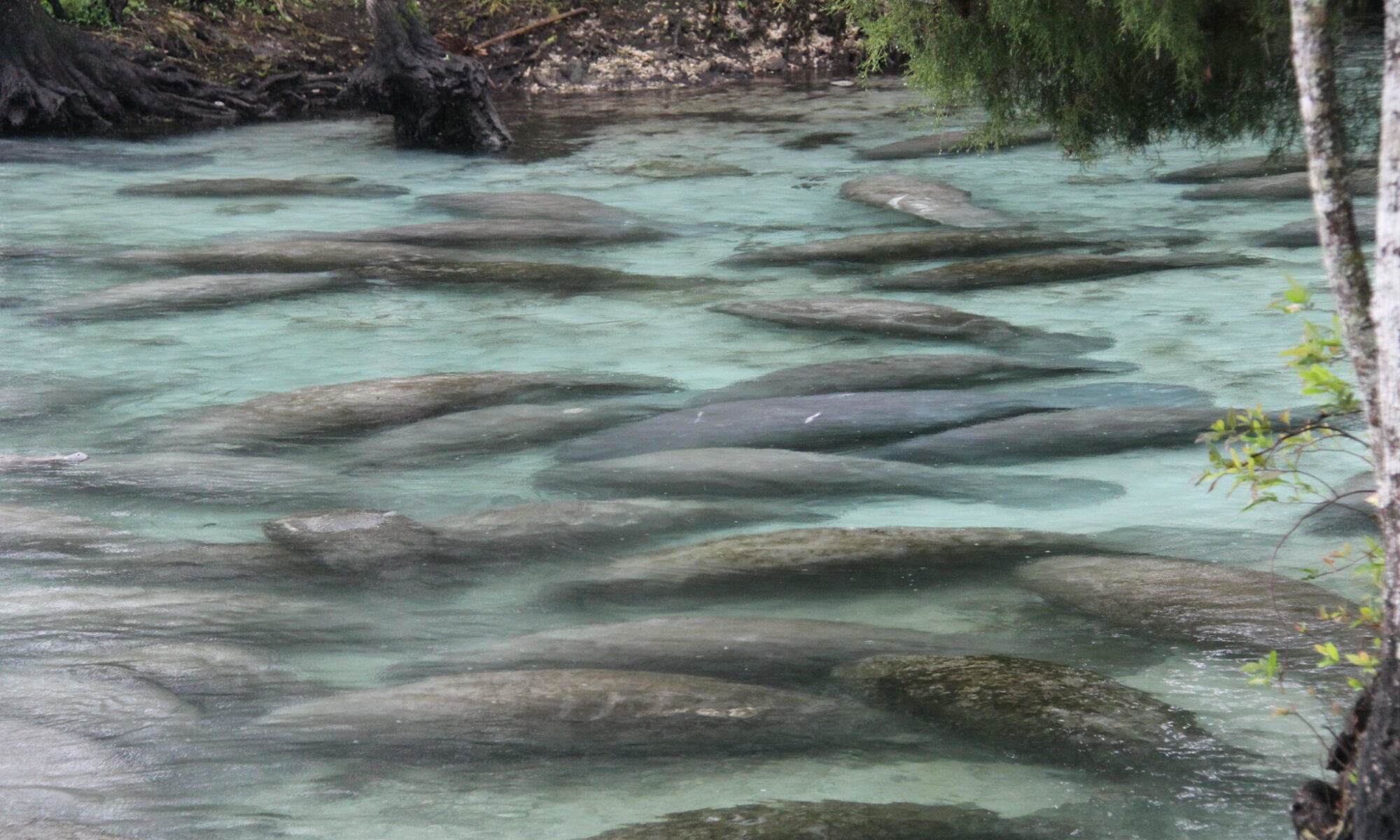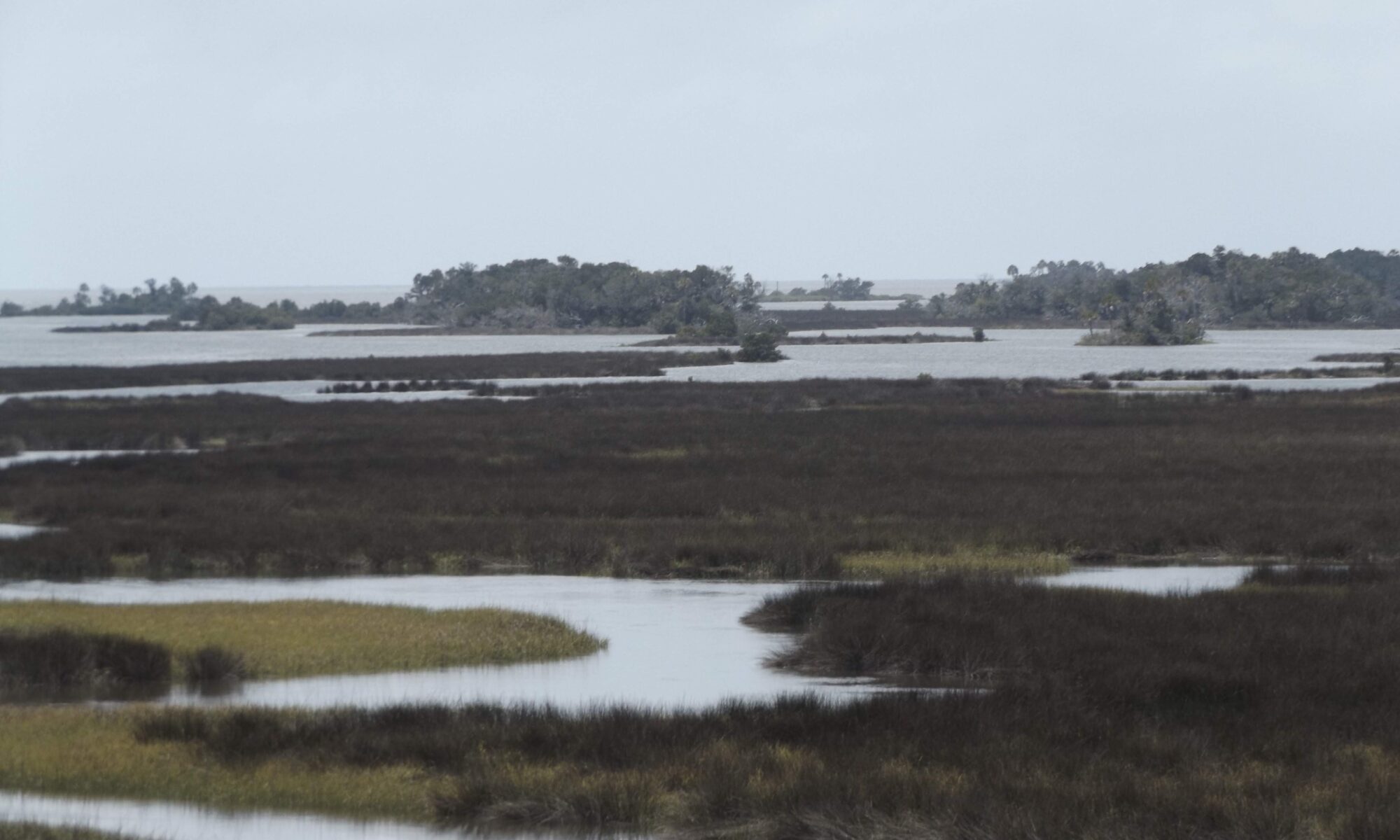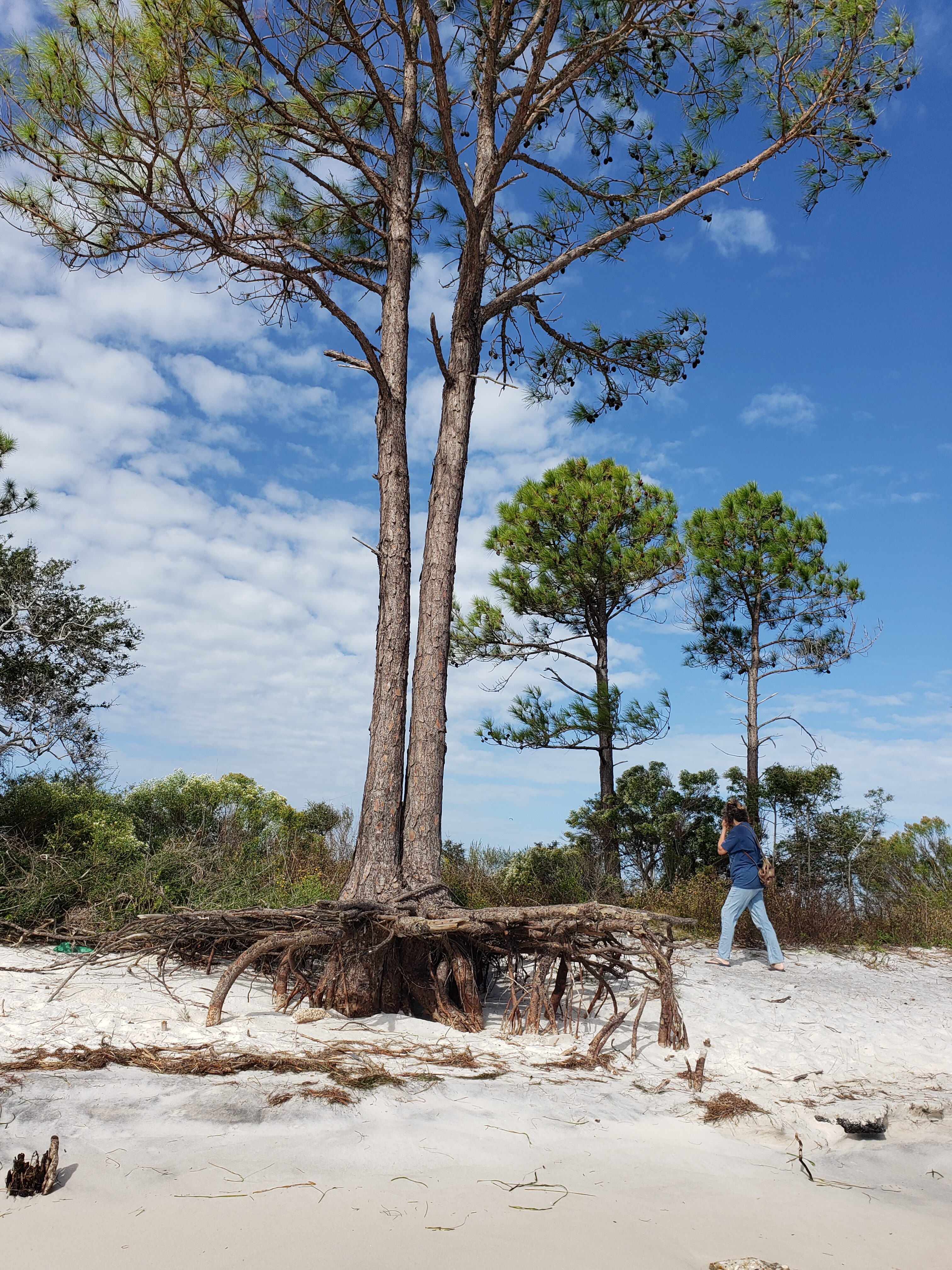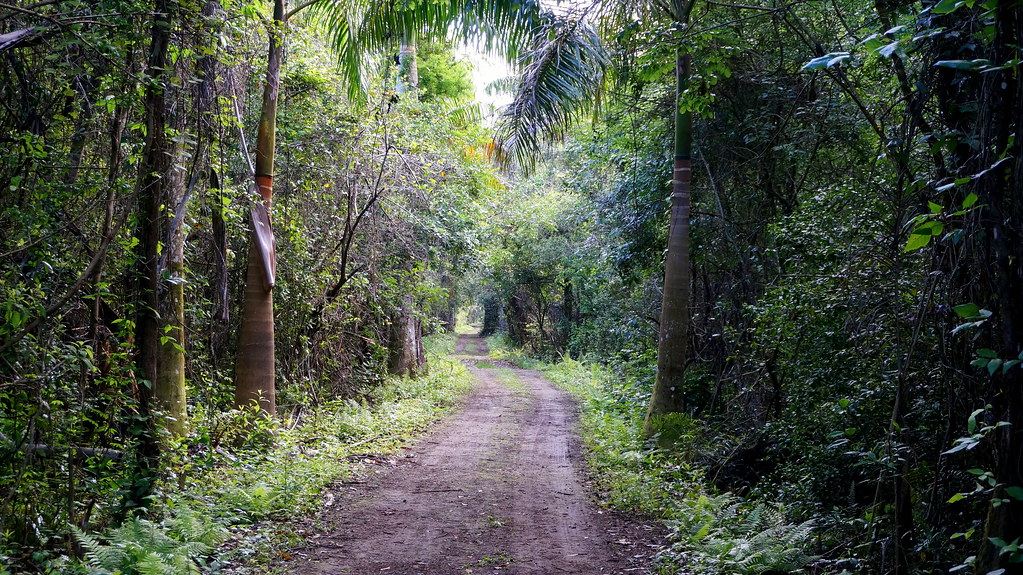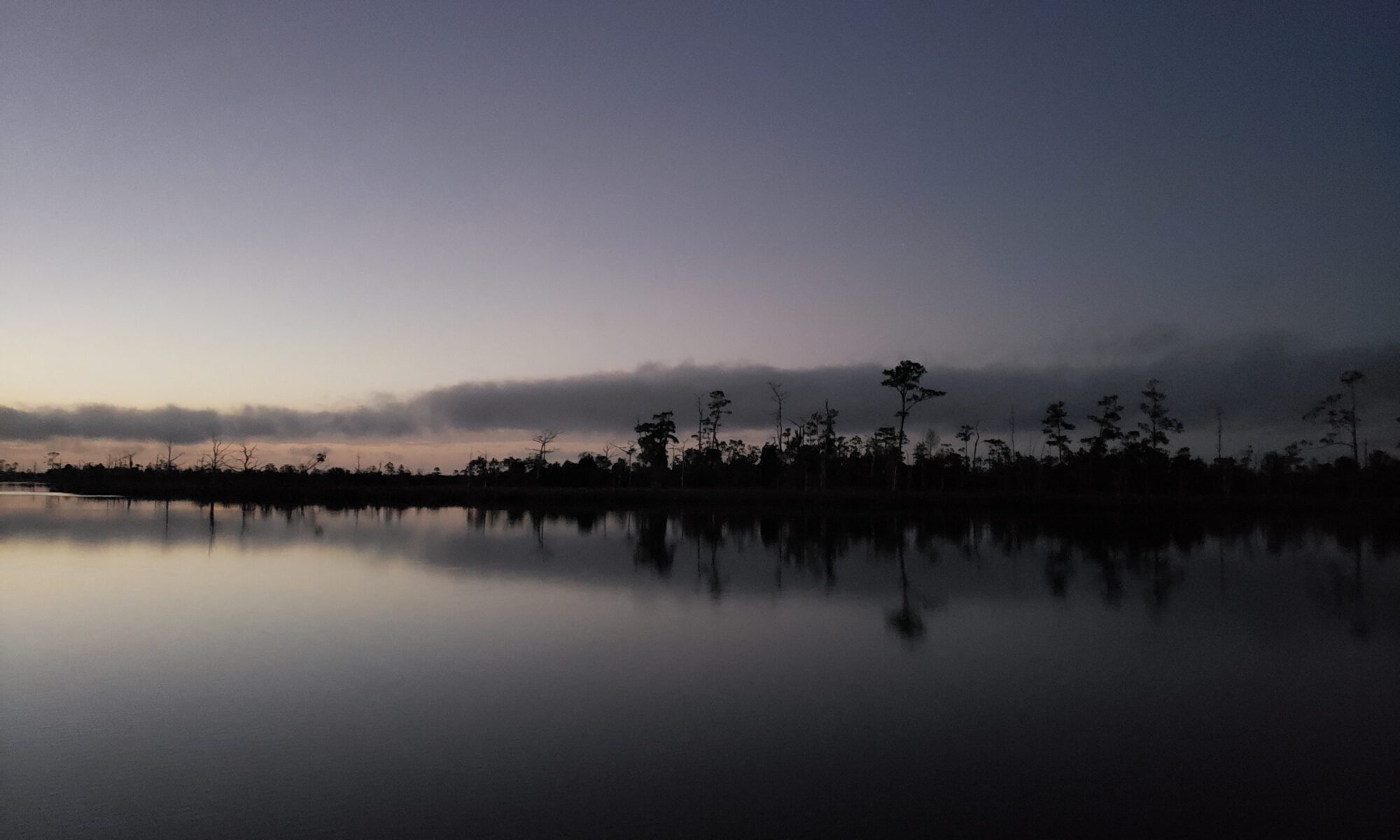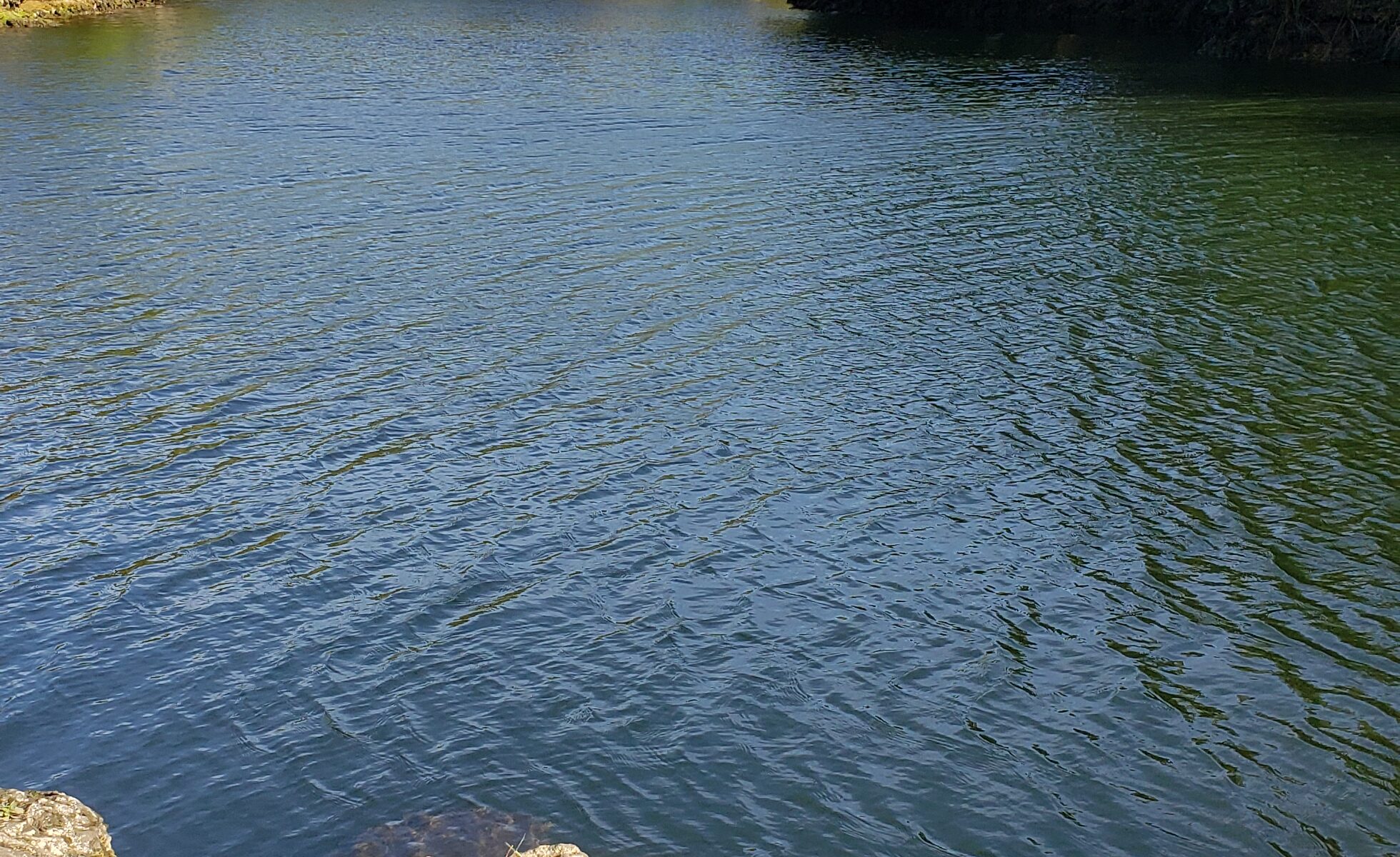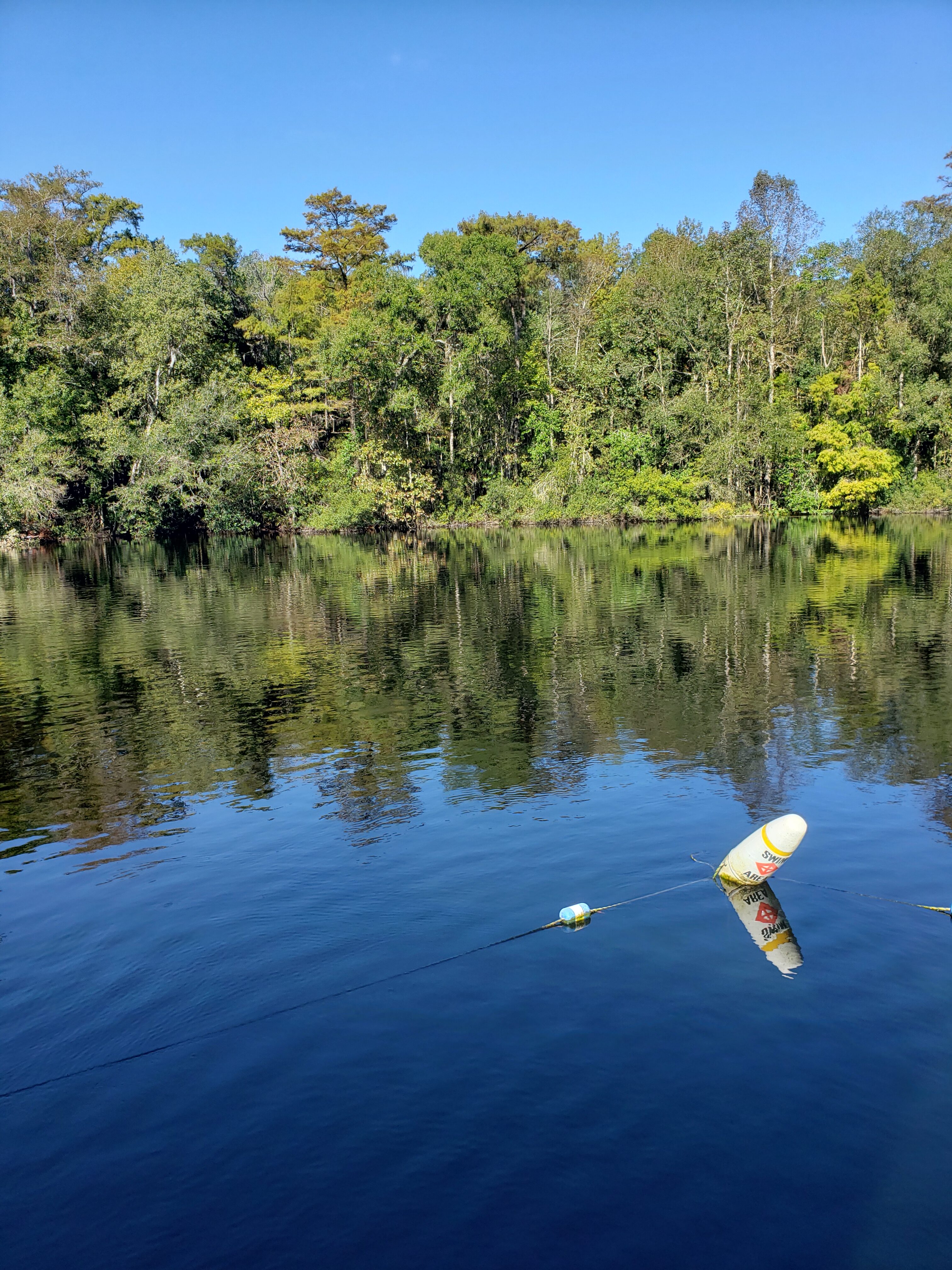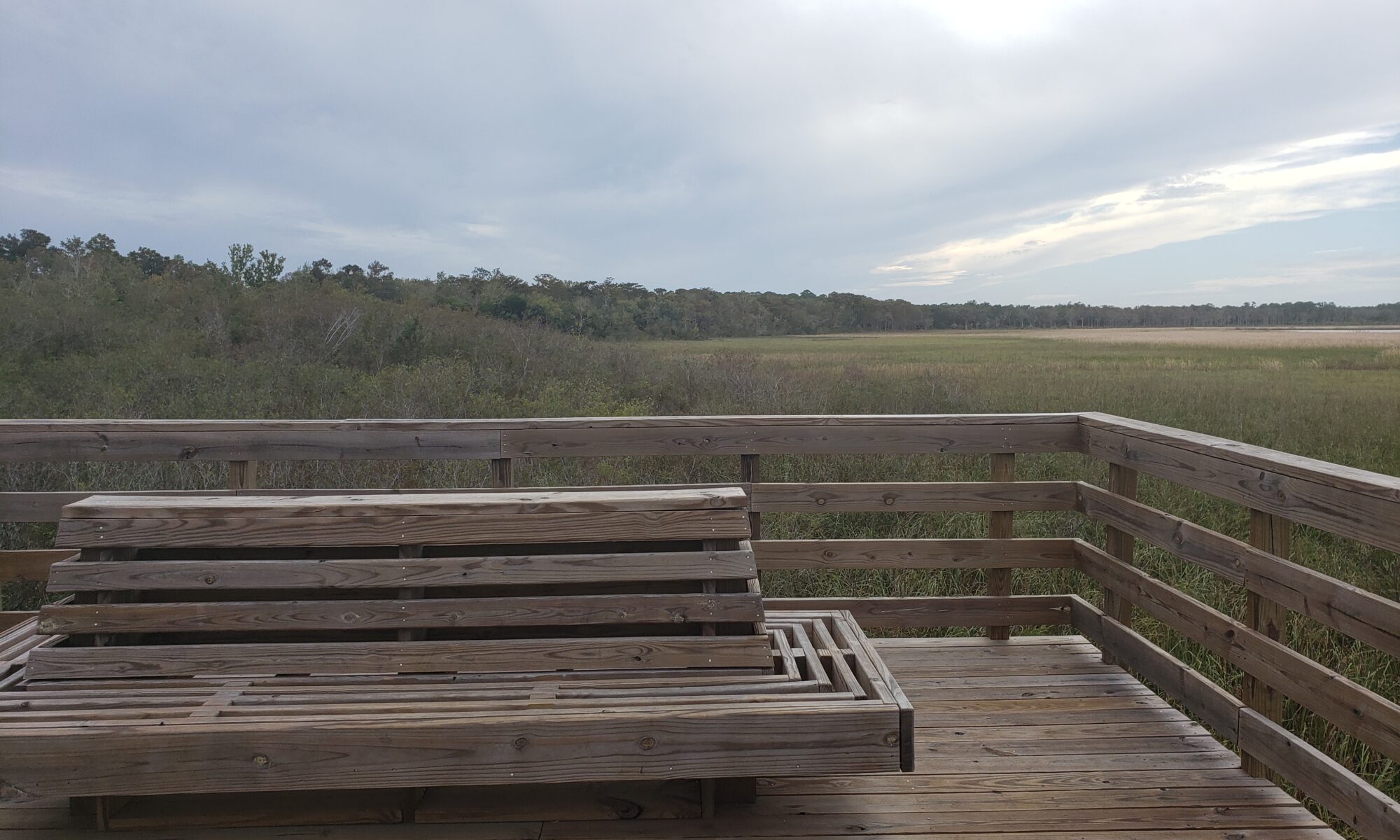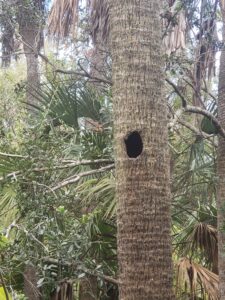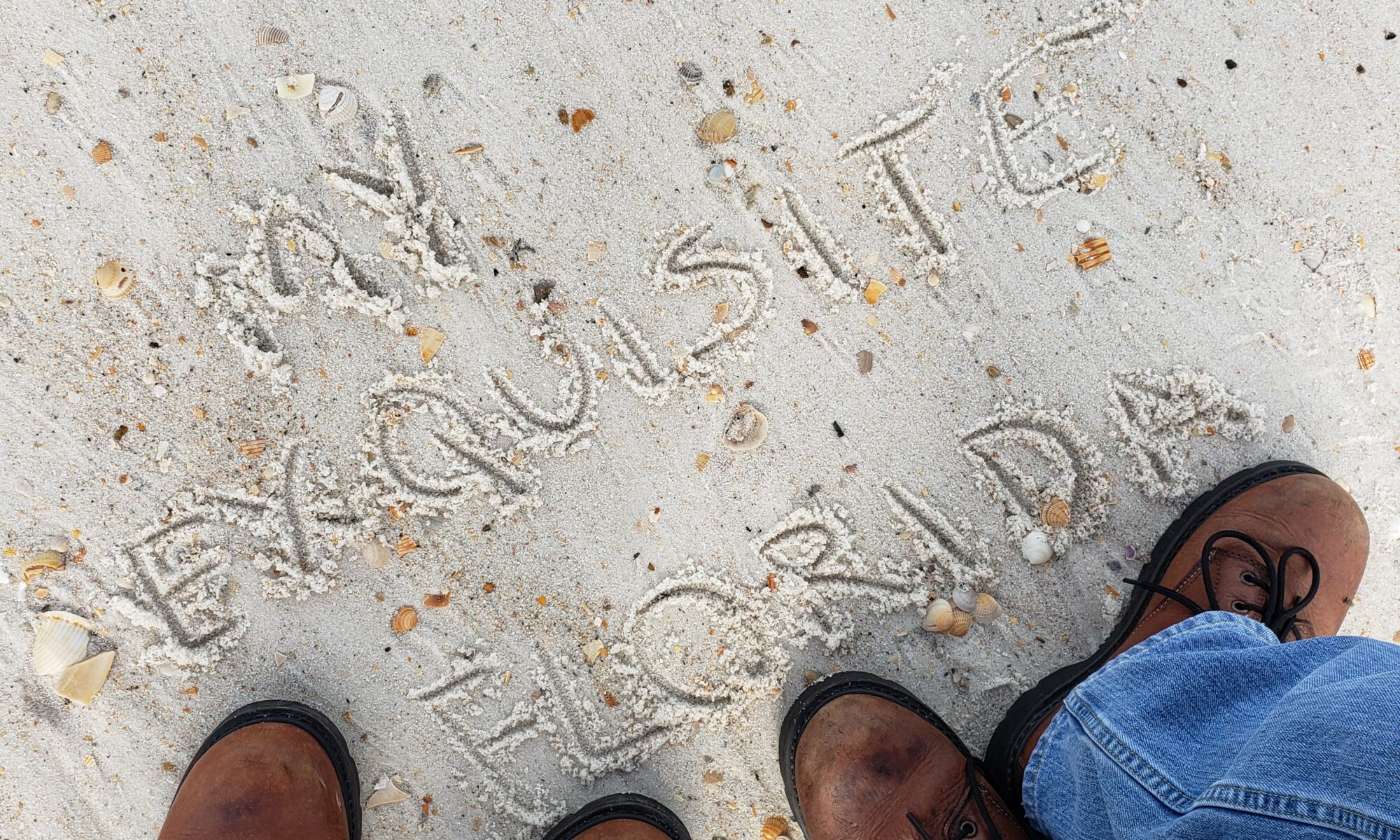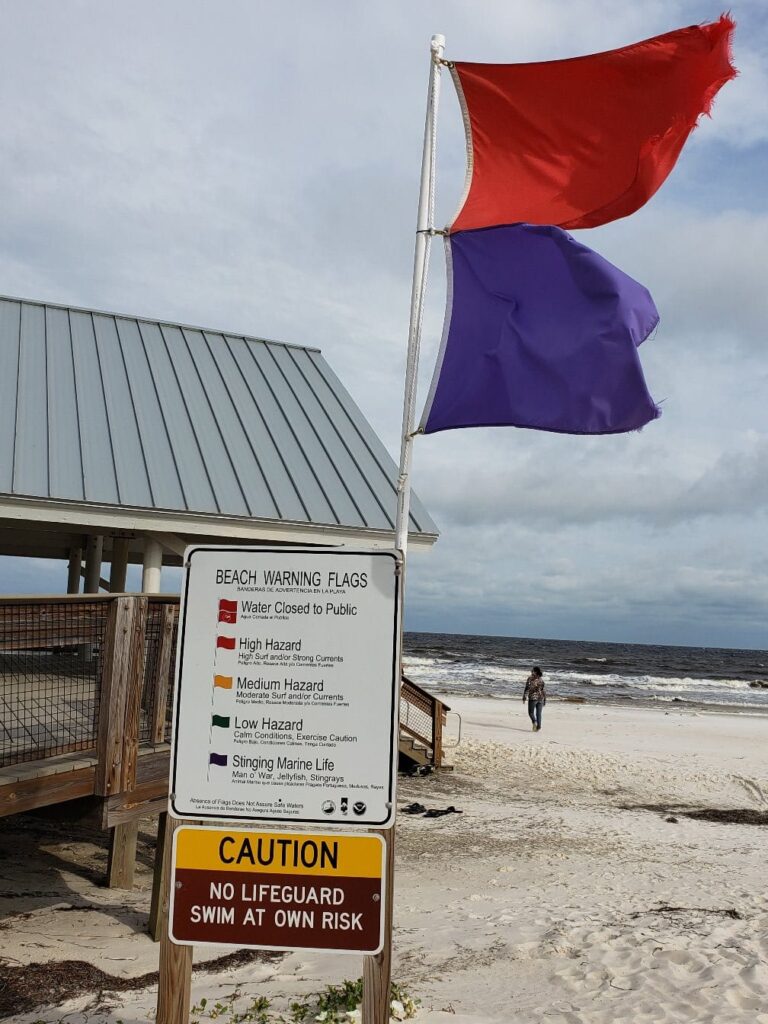November is Manatee Awareness Month and the Florida Fish and Wildlife Conservation Commission (FWC) is reminding people on the water to slow down and look out for migrating manatees this time of year. As water temperatures cool this season, manatees are naturally migrating to warmer waters around the state. Go slow and look out below to allow them to swim safely.
While manatees are large, they can be difficult to see in the water. That is why it is important to: follow guidelines and follow all manatee protection zones; look out while boating; wear polarized glasses and always give them space. Manatee protection zones are marked by waterway signs and maps of manatee protection zones are available online at MyFWC.com/Manatee by clicking on “Data and Maps.”
Manatees depend on water generally warmer than 68 degrees Fahrenheit to survive the winter, so in the fall they travel to Florida springs, power plant discharges and other warm-water sites. Remember: Disturbing manatees at warm-water sites can cause them to swim out of those protected areas and into potentially life-threatening cold water.

During the colder months, seasonal manatee zones require boaters to slow down in certain areas to prevent manatees from being injured or killed by motorboats or personal watercrafts. Boat strikes continue to be a major threat to Florida manatees. FWC law enforcement officers are on patrol in state waters to inform boaters of the seasonal manatee speed zones and take appropriate enforcement actions. Boaters are reminded to abide by the regulatory signs they see on the water.
Physically handling a distressed or stranded manatee might cause more harm. Instead, report injured, distressed, sick or dead manatees to the FWC’s Wildlife Alert Hotline at 888-404-FWCC (3922) or dialing #FWC or *FWC on a cellphone so trained responders can assist. The FWC continues to investigate a high level of manatee mortalities and respond to manatee rescues along the Atlantic coast of Florida. The FWC takes manatee conservation seriously by actively implementing science-based conservation measures that are making a difference for manatees and habitat. Learn more about how officials are responding to this event by visiting MyFWC.com/Manatee and clicking on “Learn More”.
“It remains critically important people be aware of manatees while on the water as we continue to work with partners to monitor and respond to the ongoing mortality event along Florida’s east coast,” said Ron Mezich, Imperiled Species Management Section Leader. ““We are continuing to explore a variety of options to assist manatees and the goal for the FWC and our partners continues to be restoring the Indian River Lagoon to a healthy state. In the end, that is the solution that will benefit manatees and other wildlife.”
Resources for boaters, educators and other interested members of the public are available at MyFWC.com/Manatee. What should you do if you see a manatee? The Viewing Guidelines page provides helpful tips on respectfully viewing manatees, additional guidelines for boat and personal watercraft operators, and information on what you can do to help these amazing aquatic mammals.
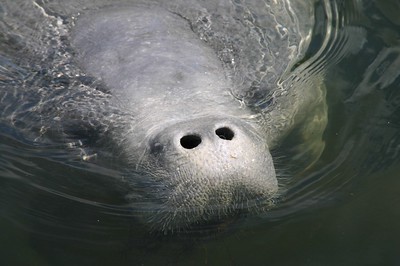
Are you interested in supporting the FWC’s manatee research, rescue and management efforts? You can purchase a Florida manatee license plate, or donate $5 to receive a collectable FWC manatee decal. Both are available from your local Tax Collector’s office.
